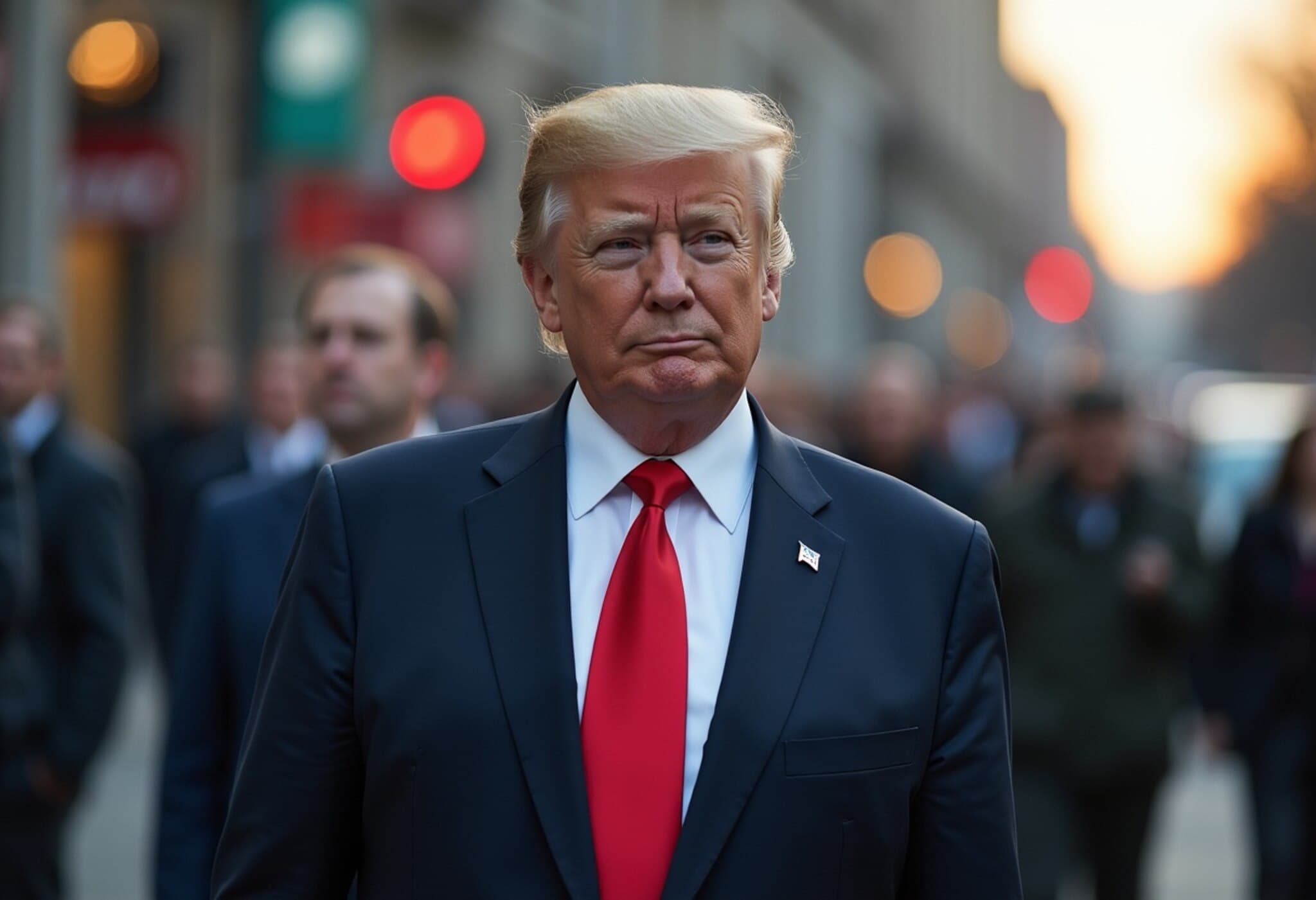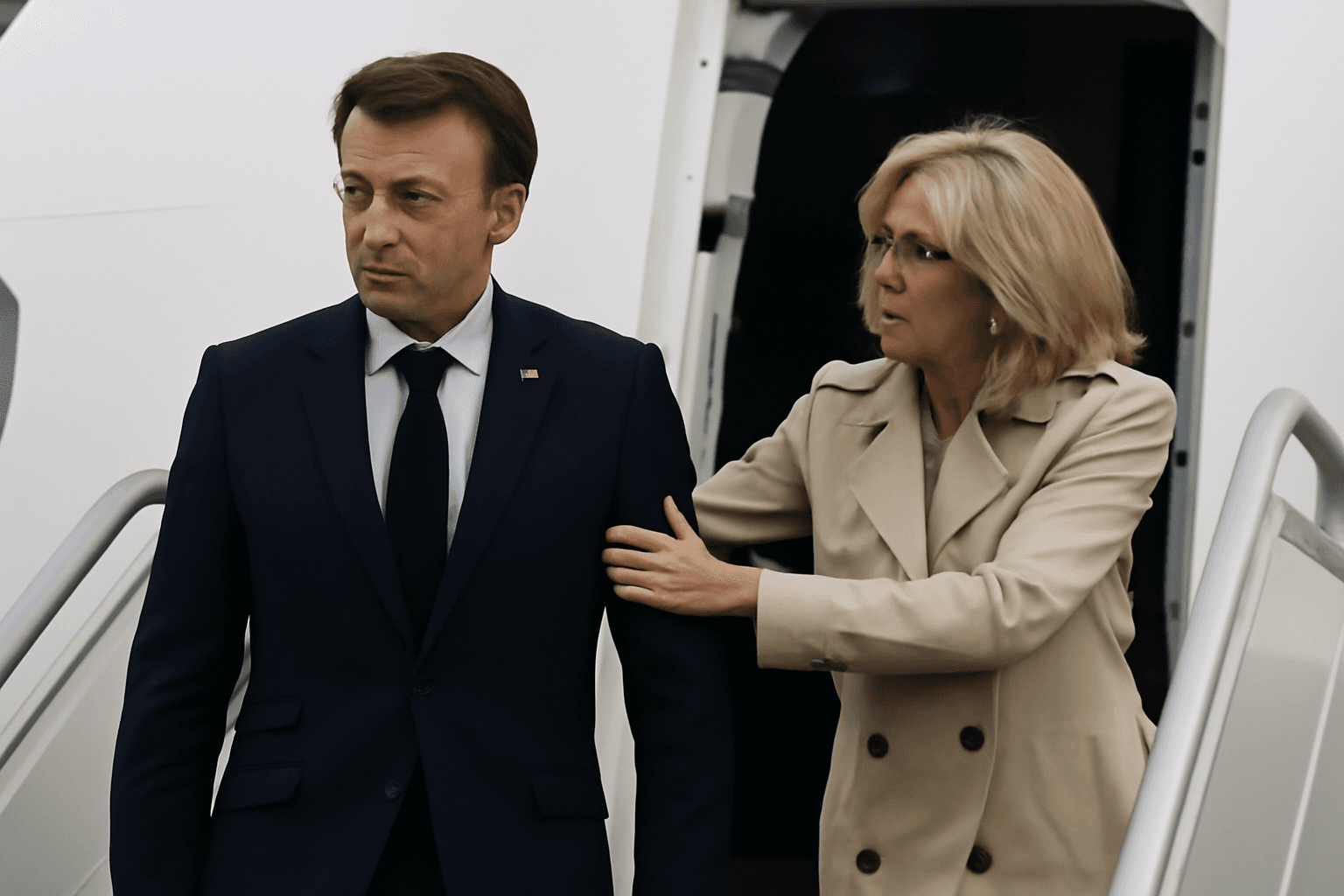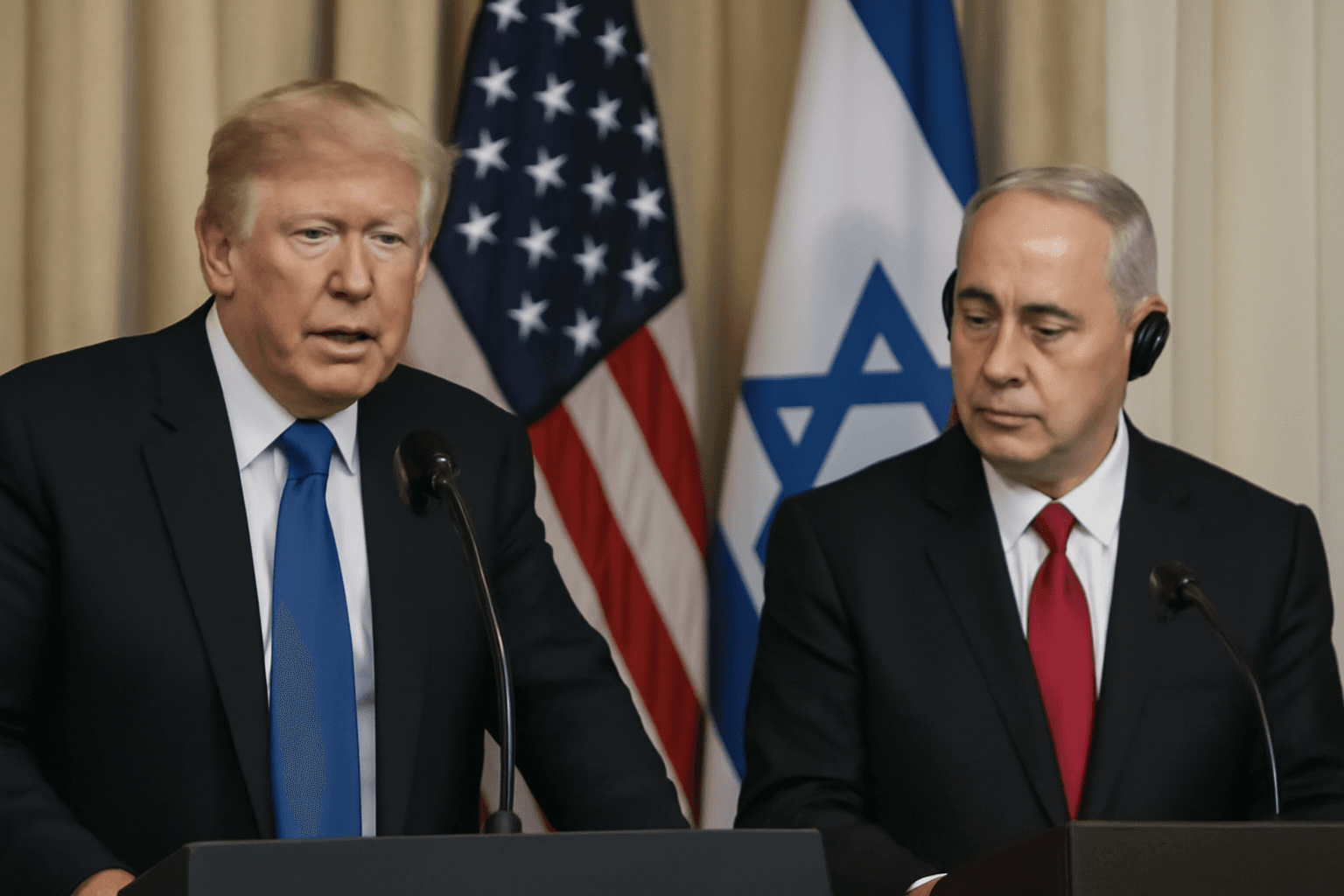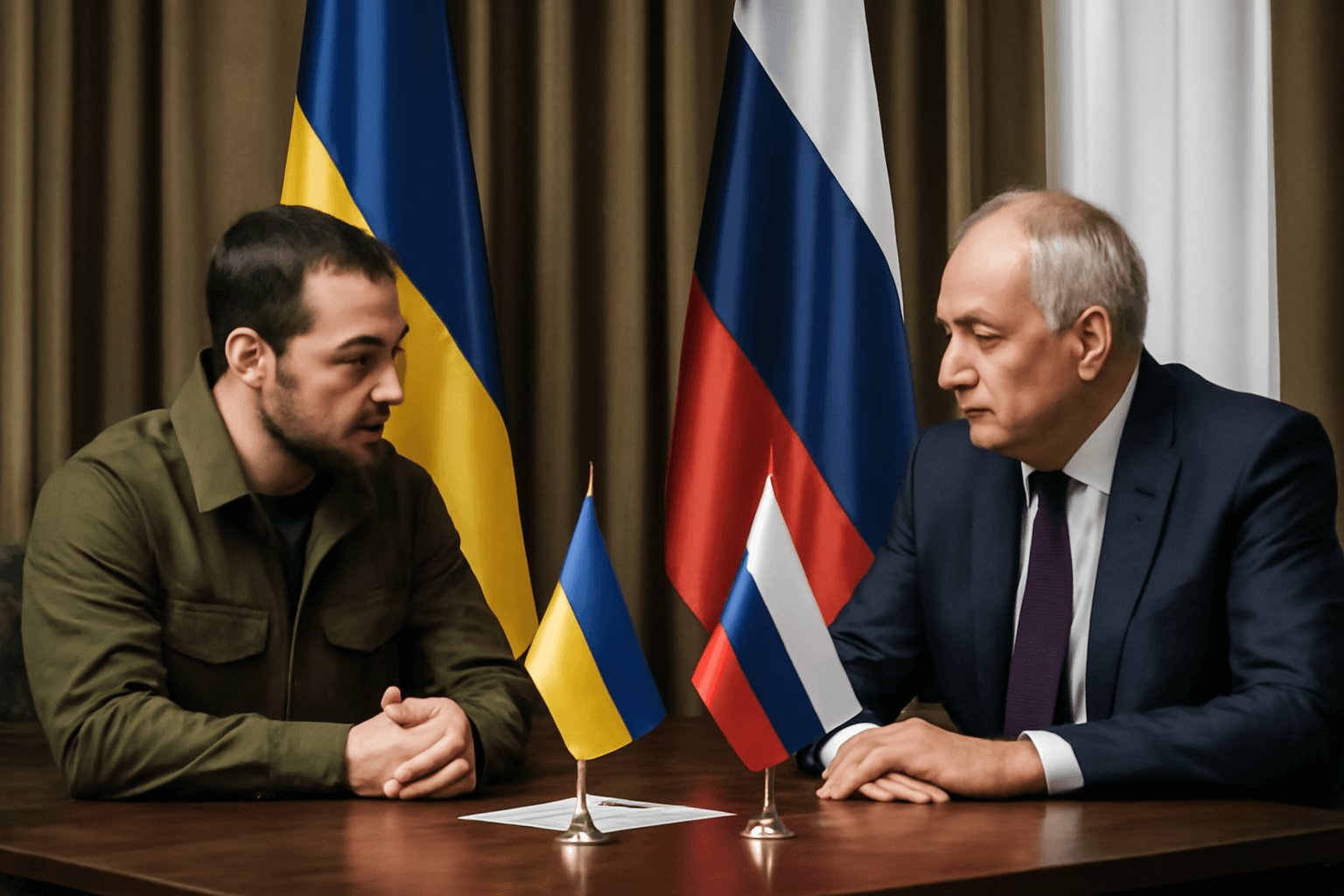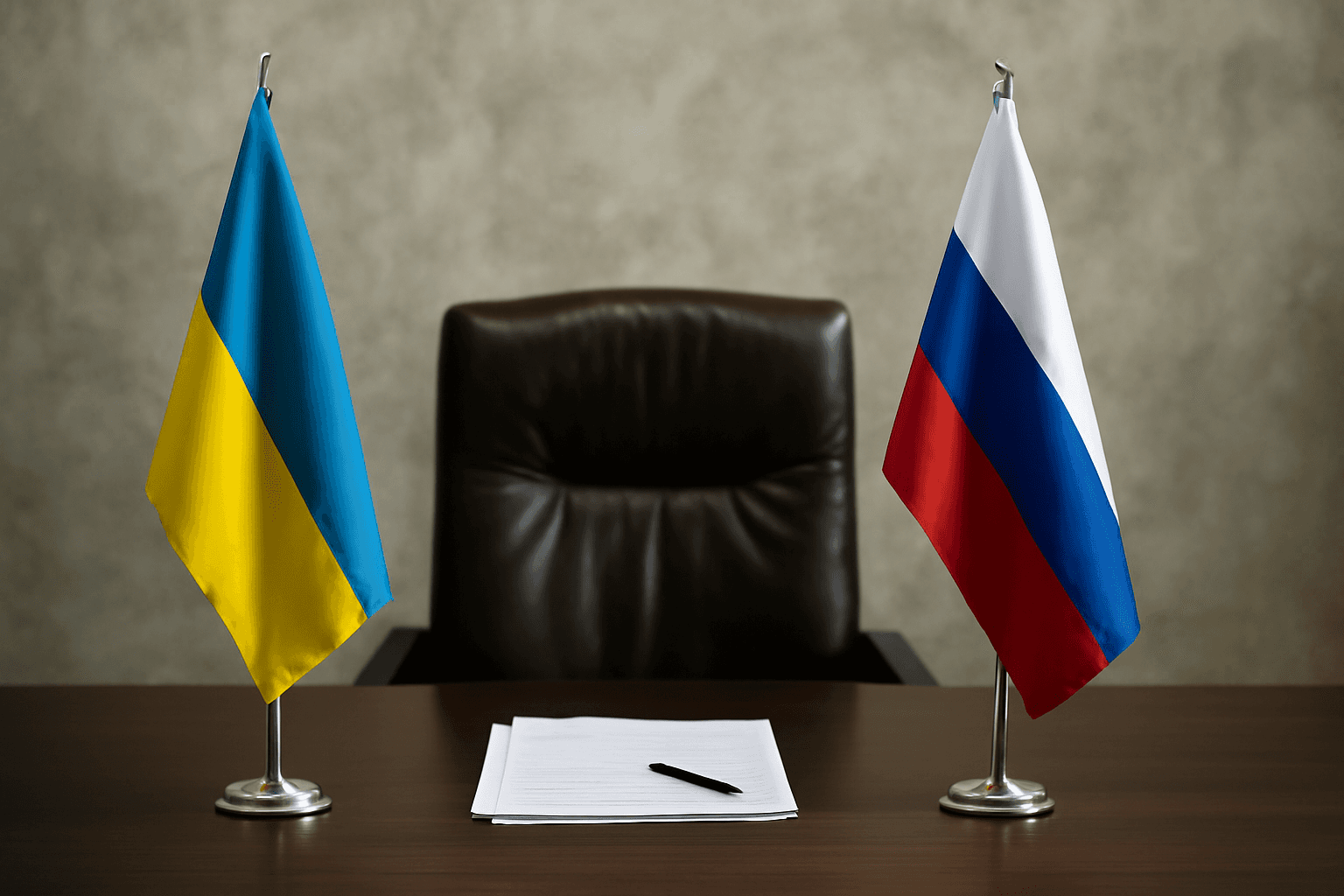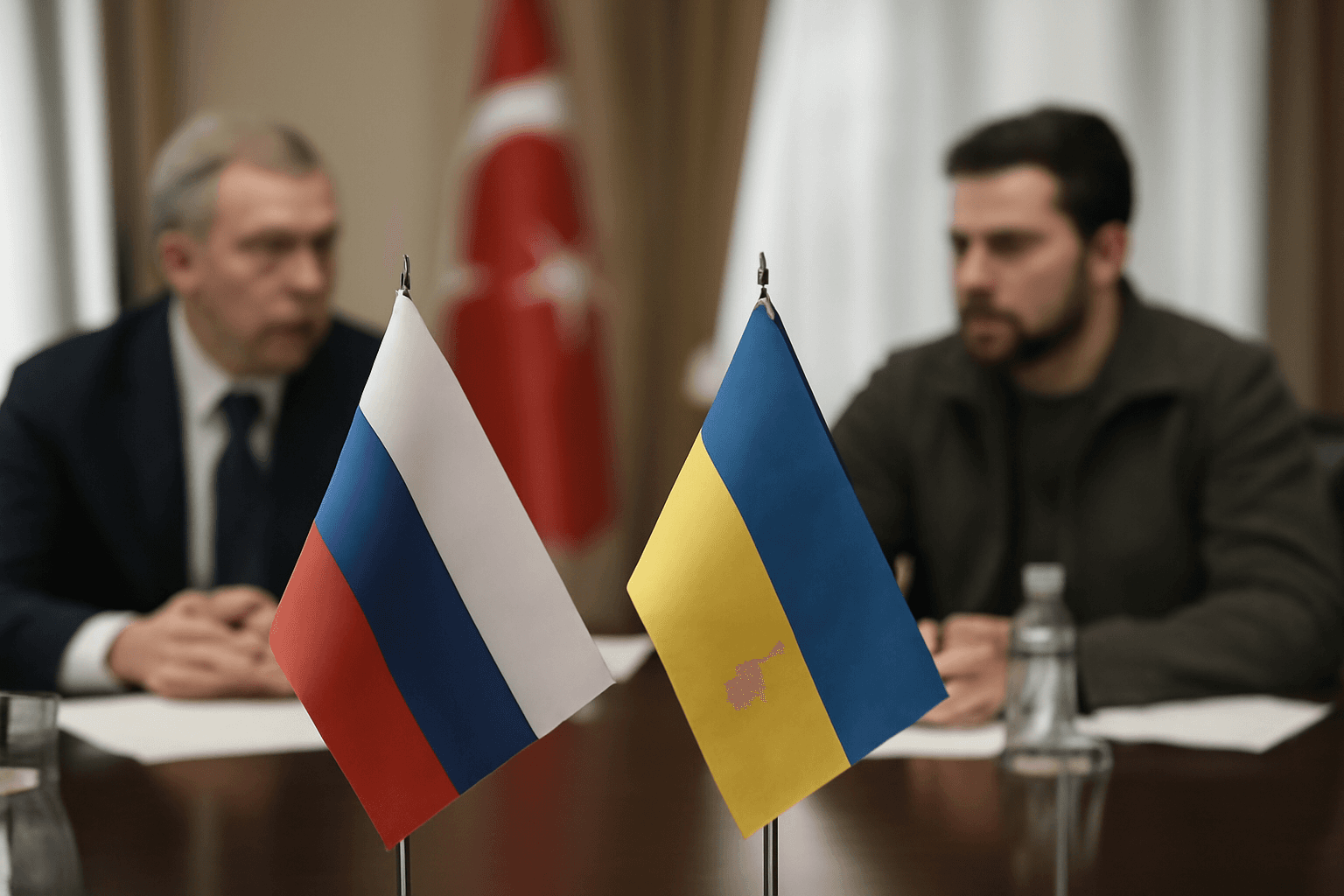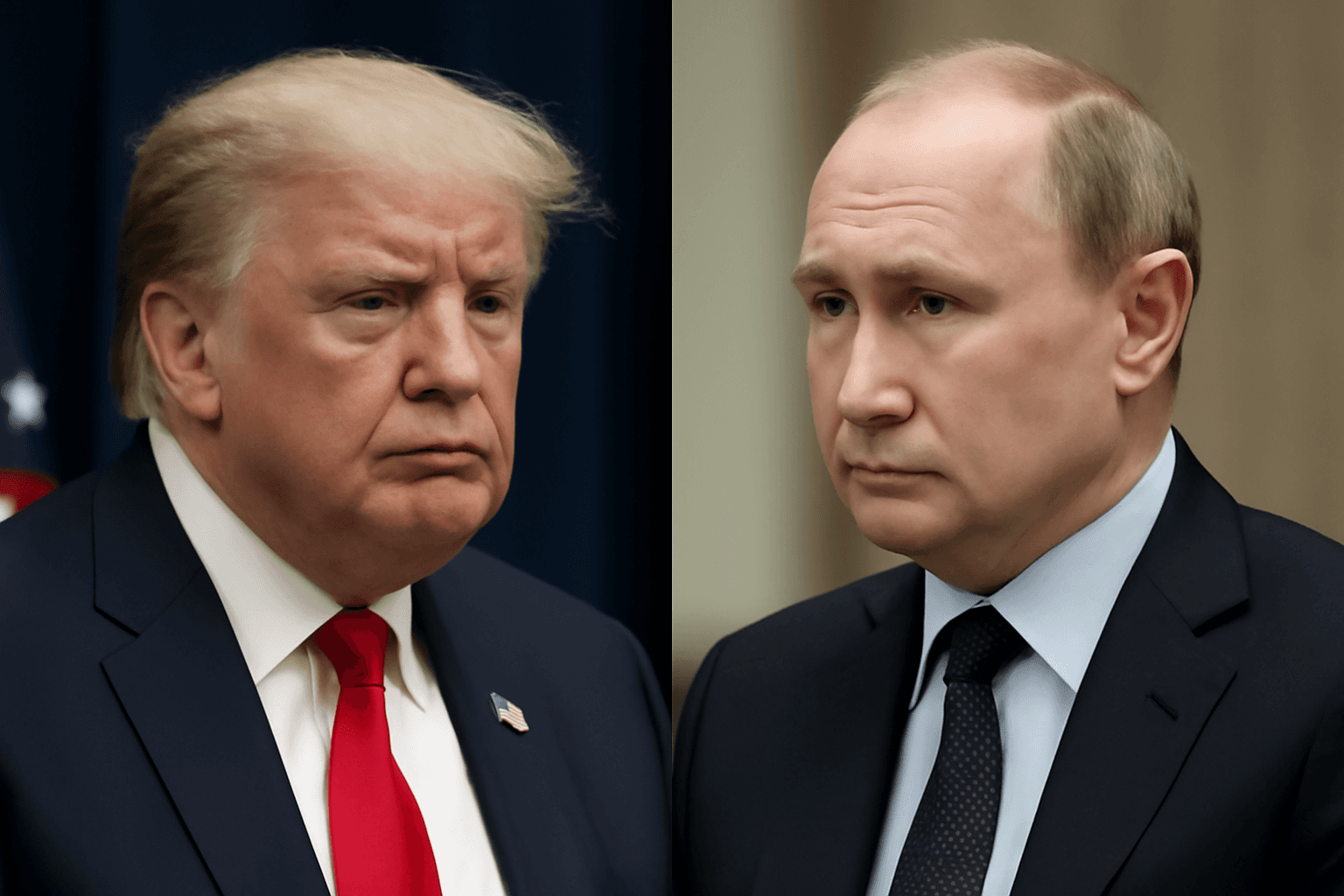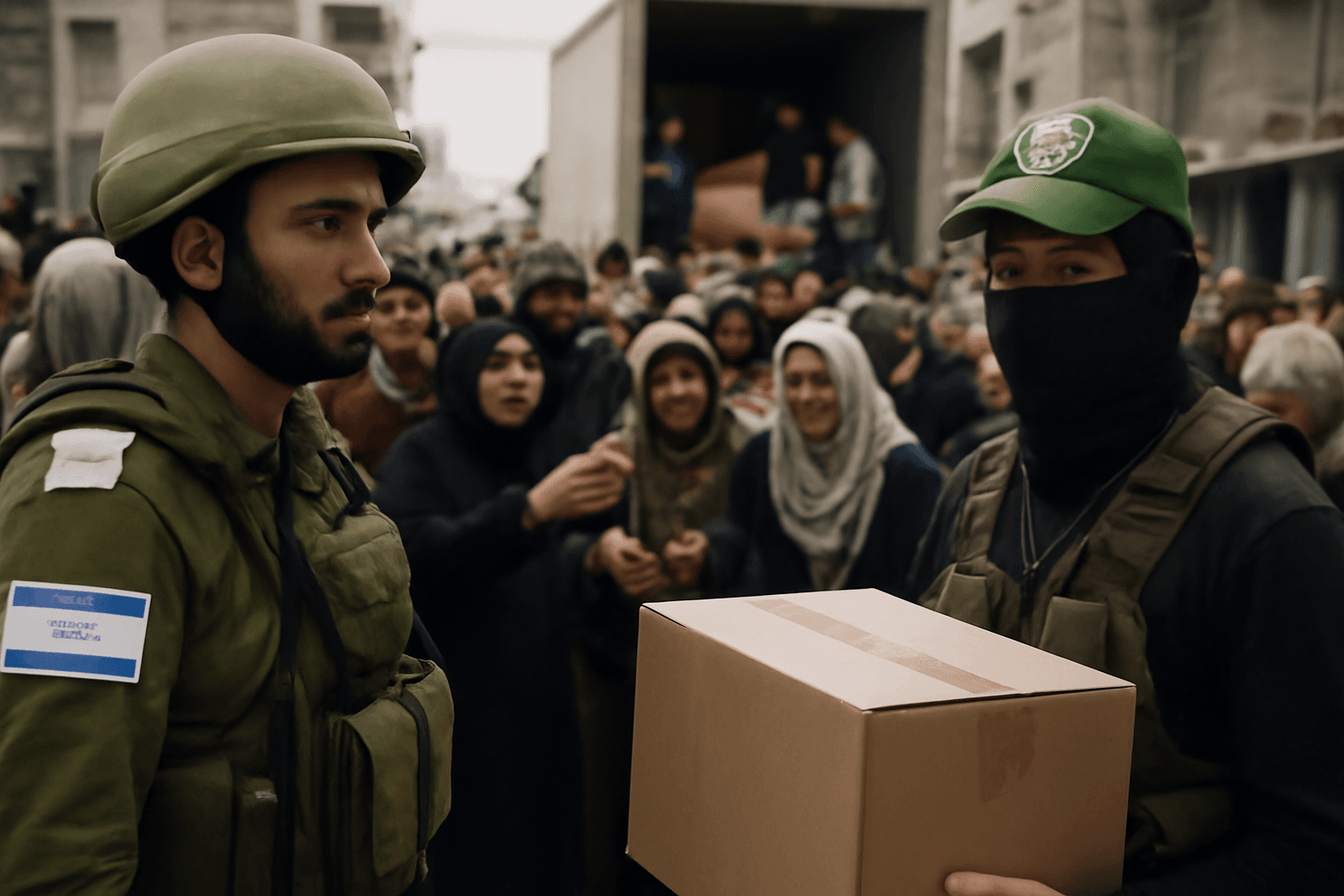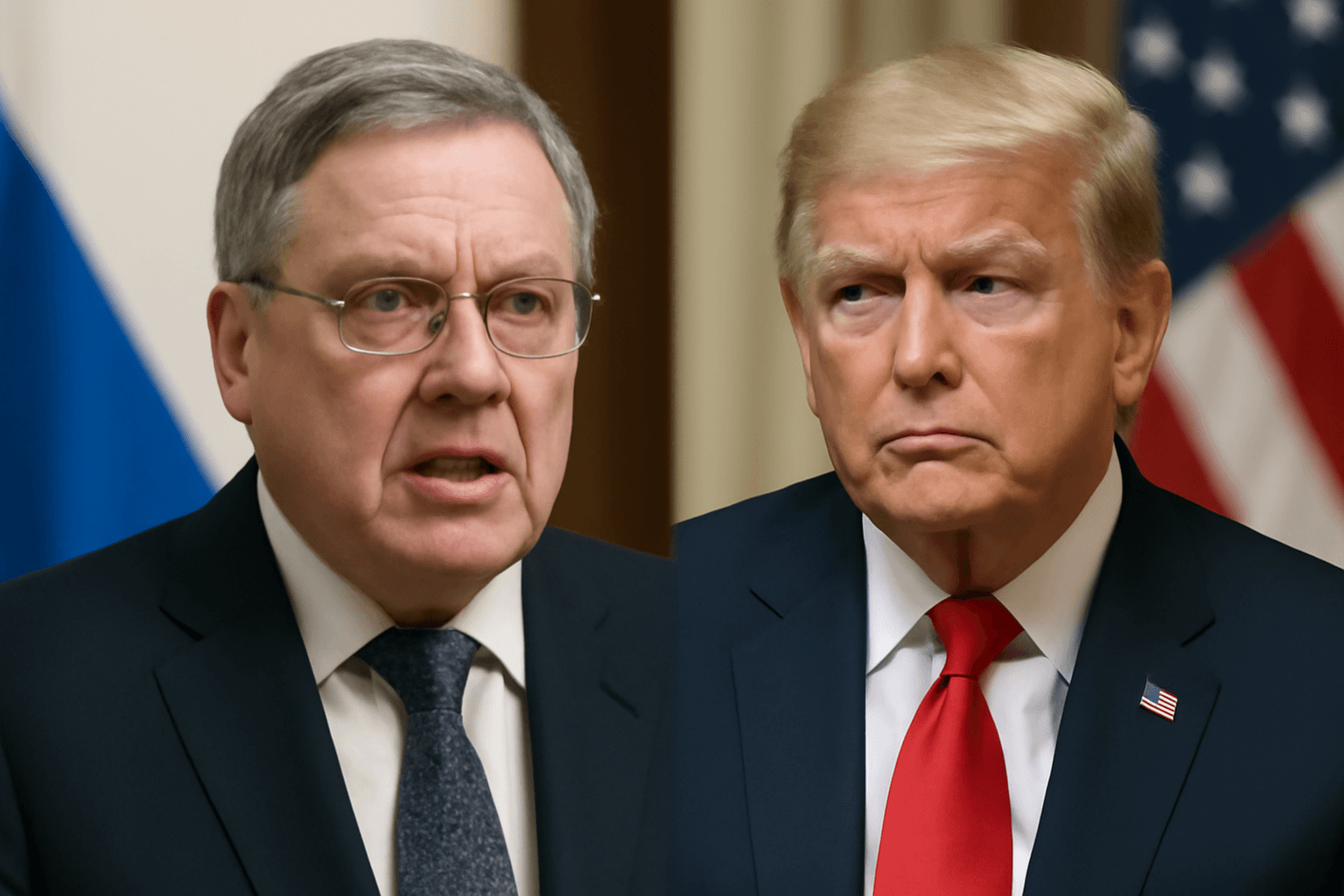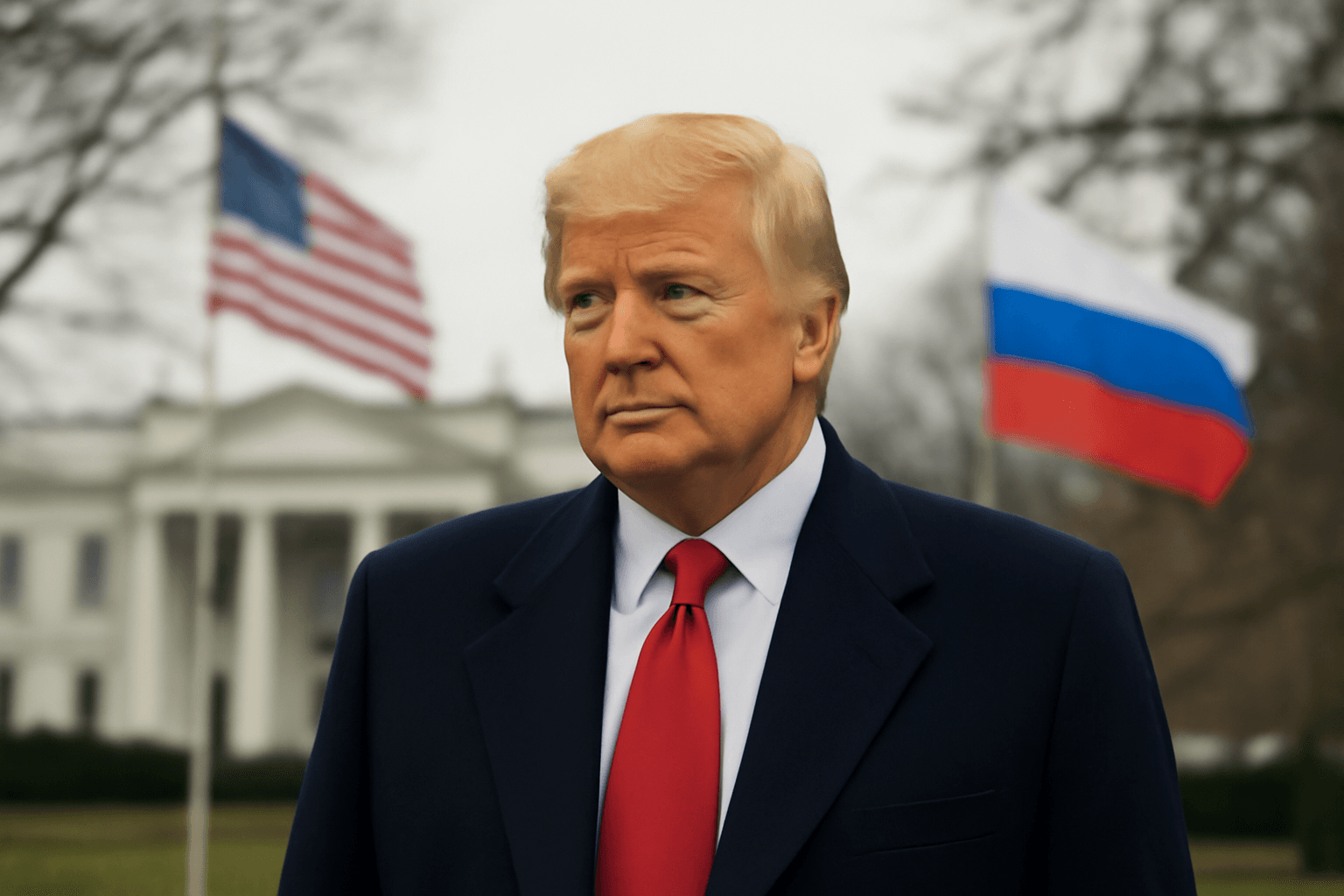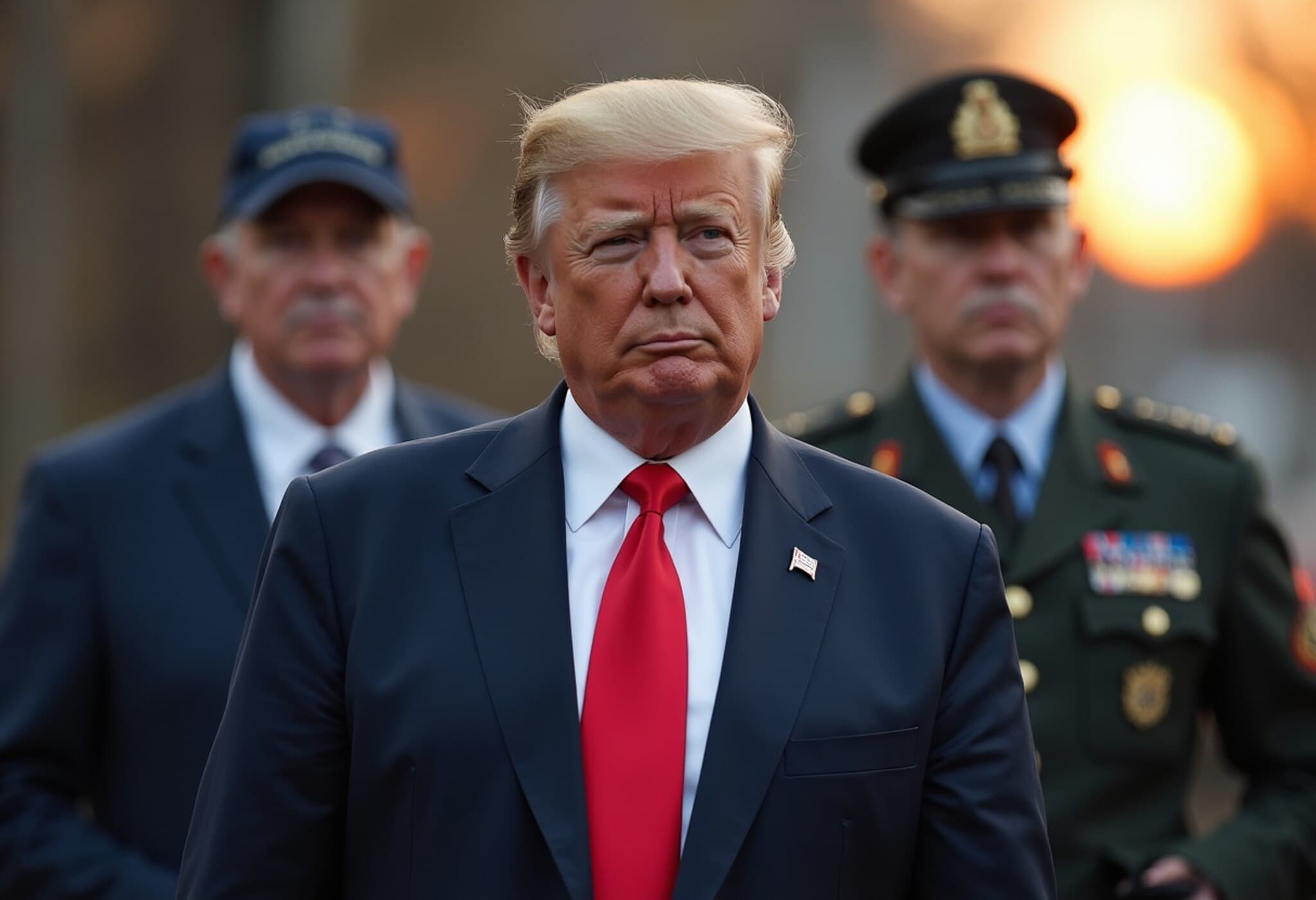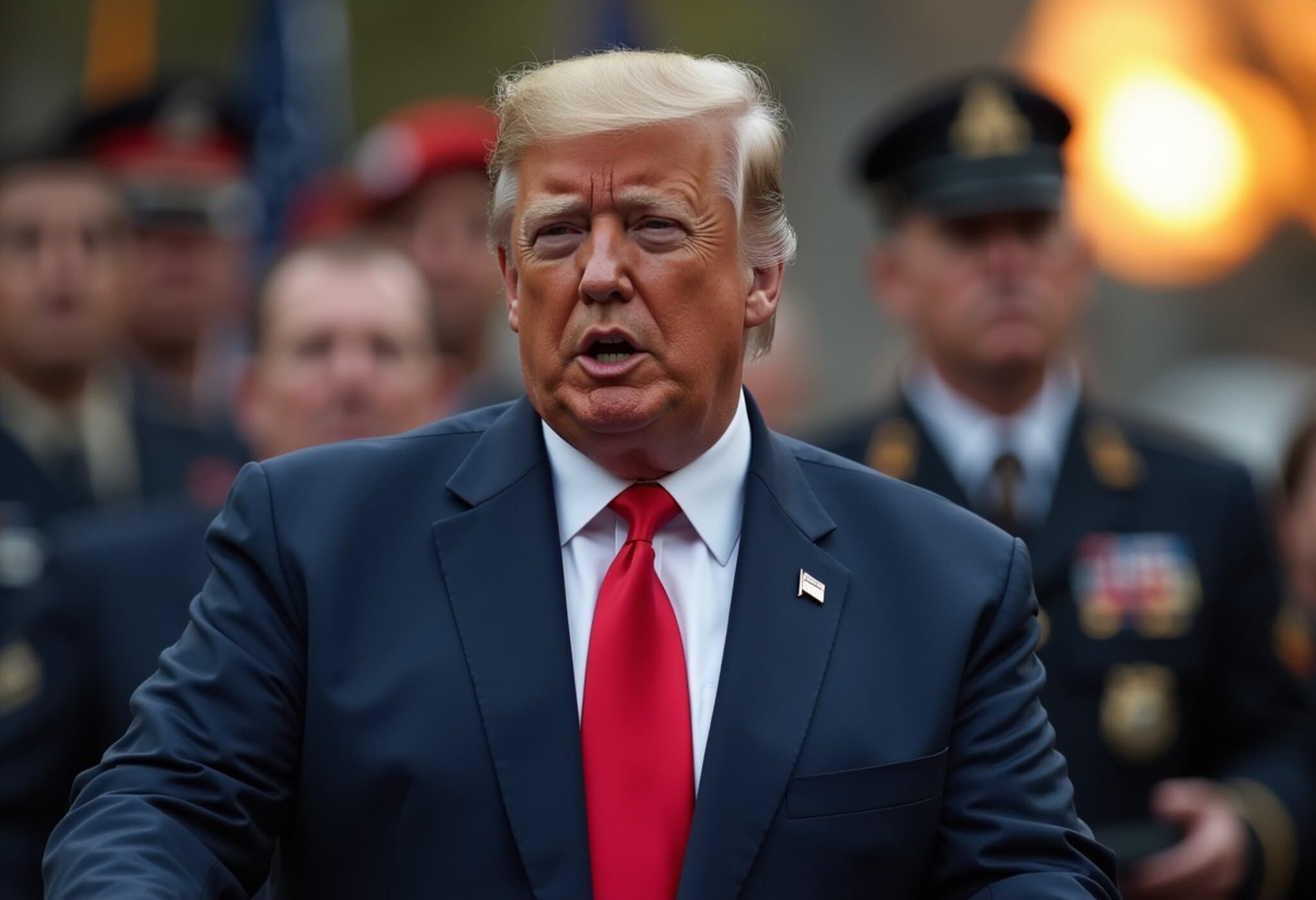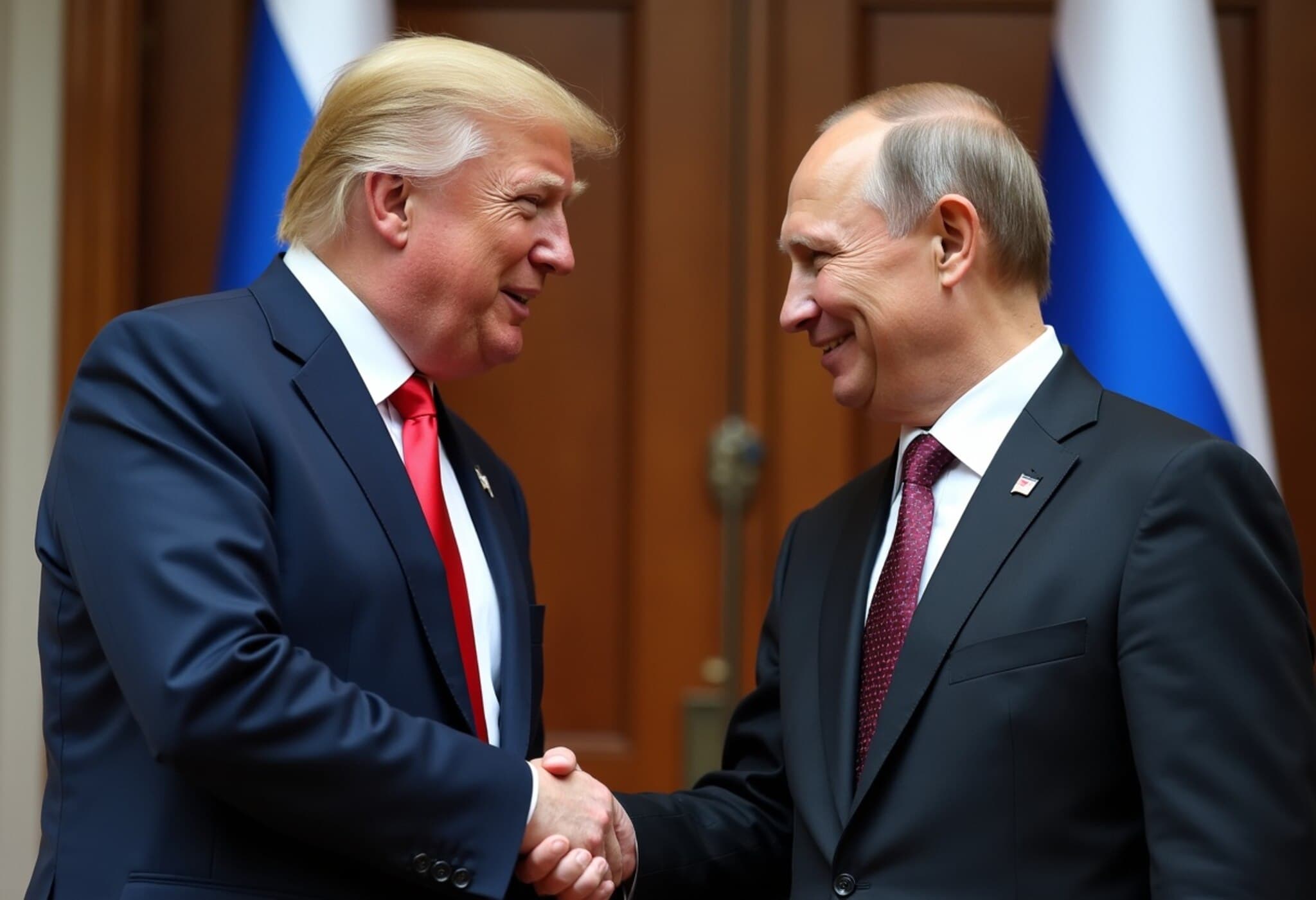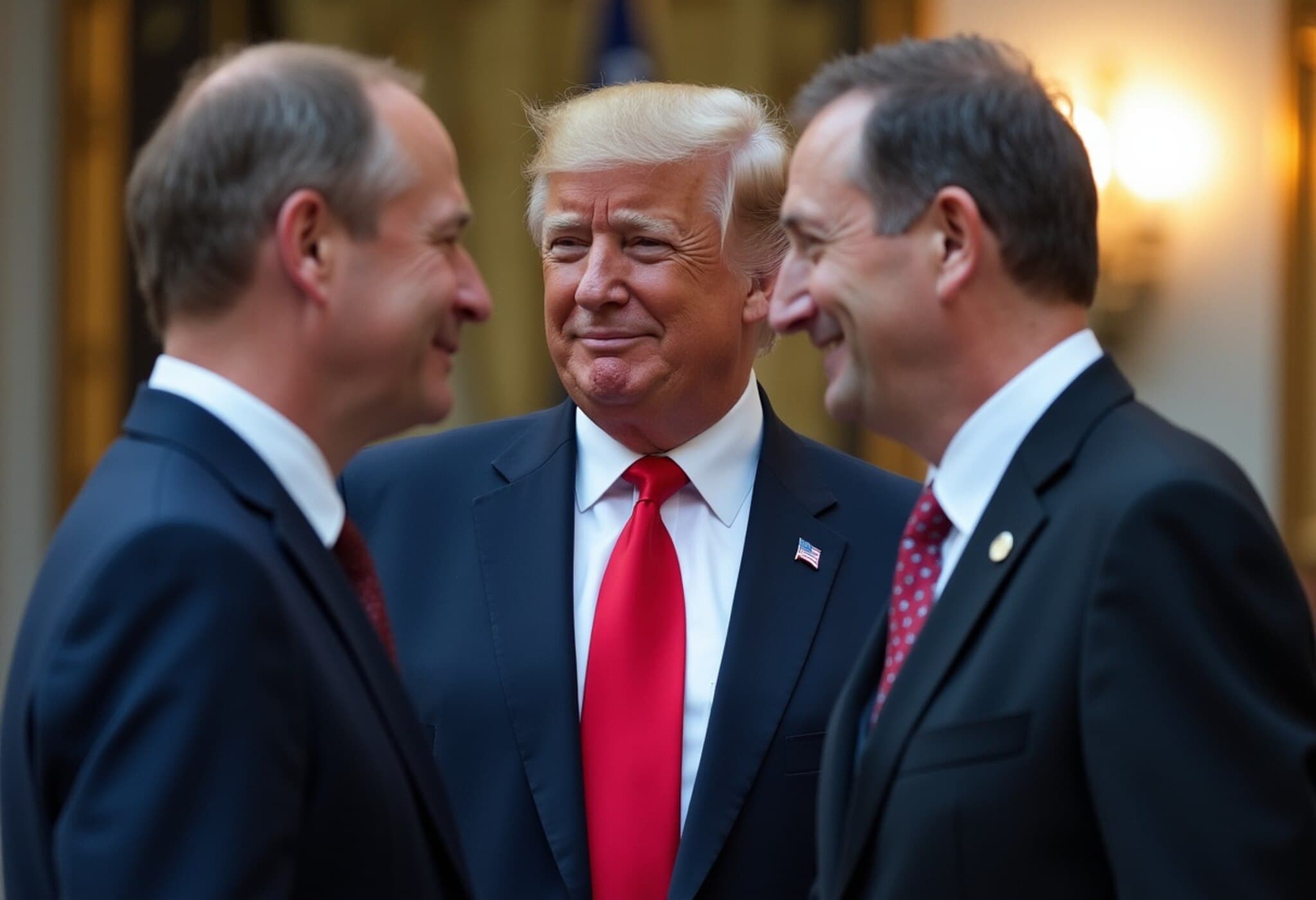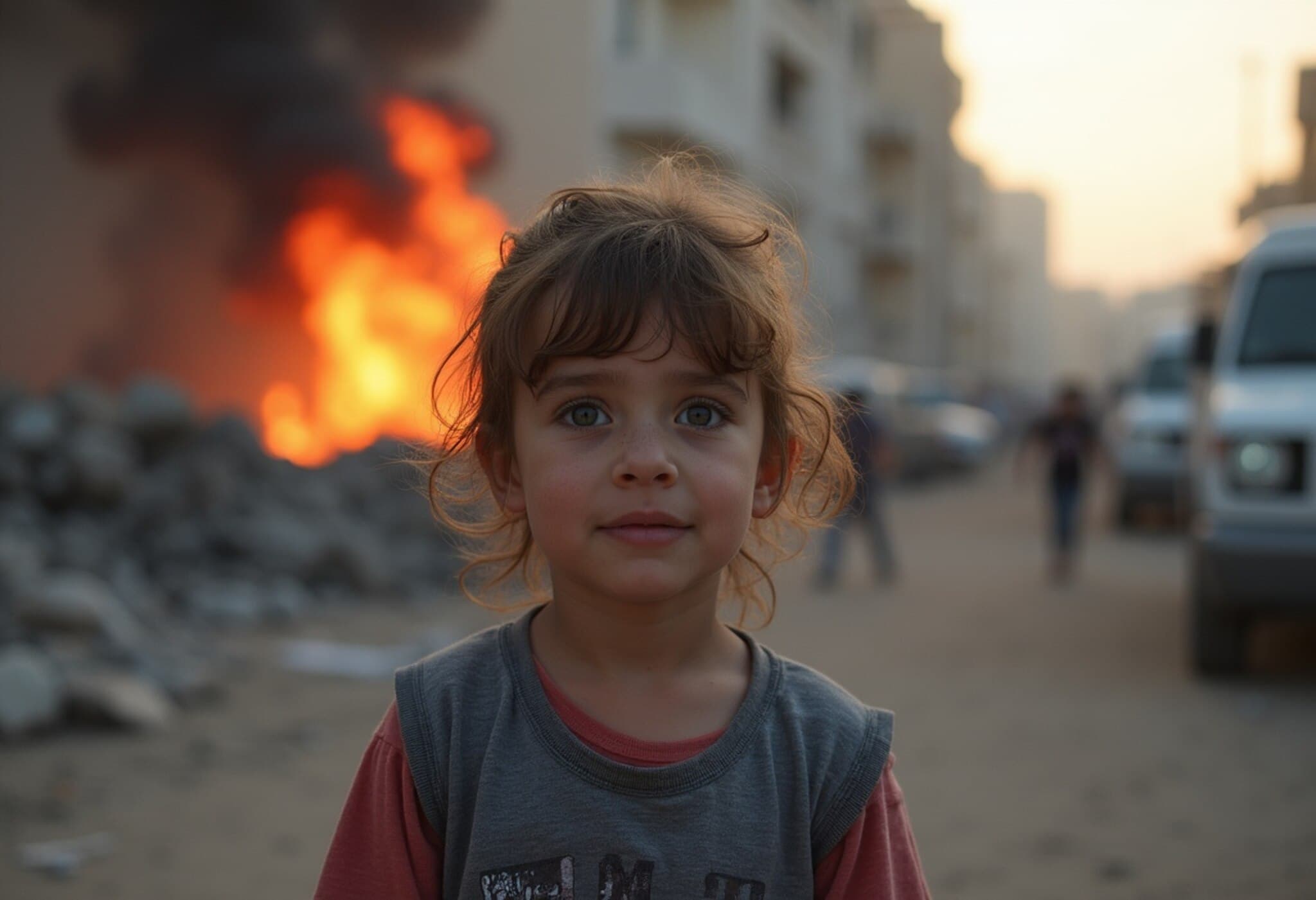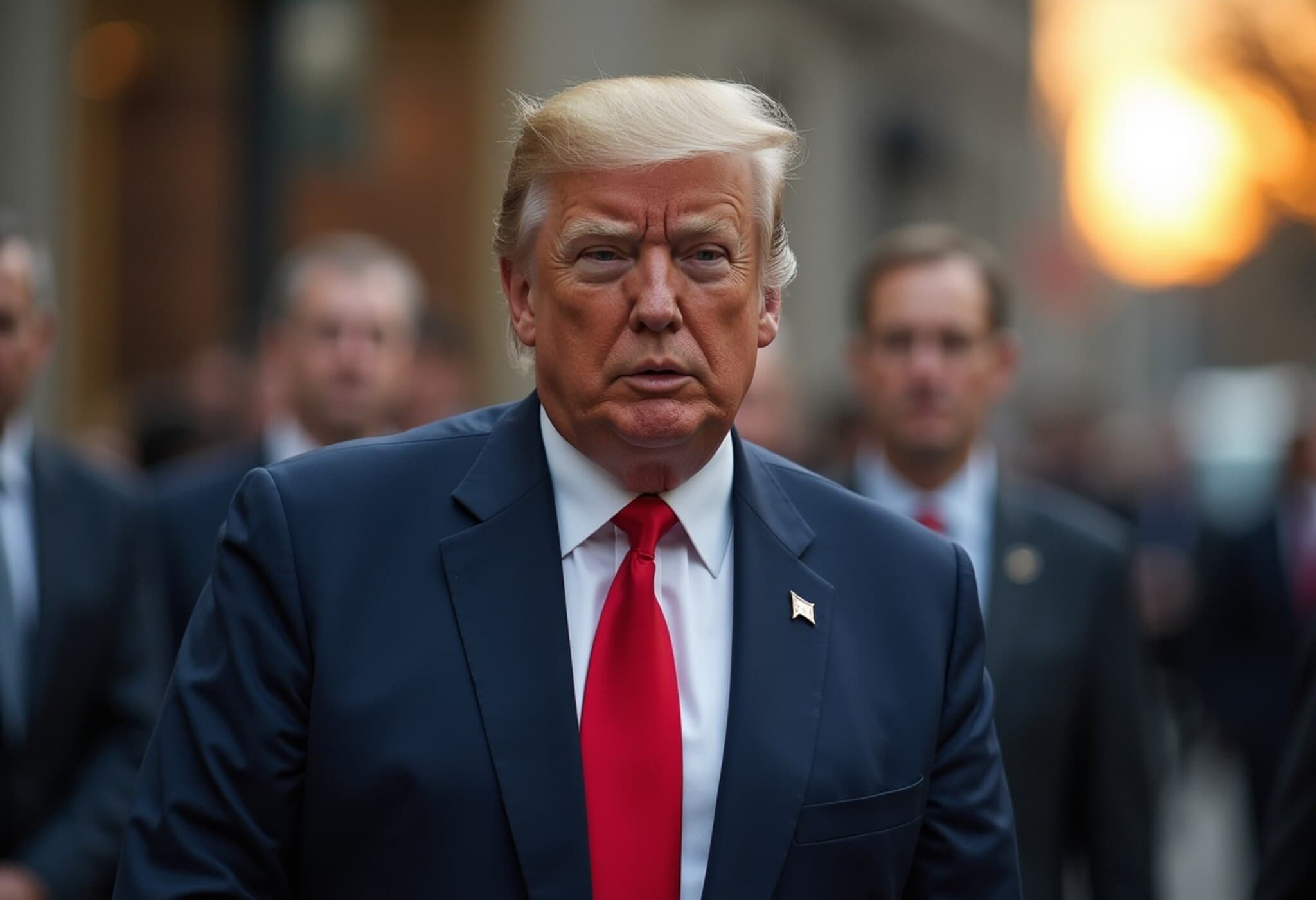Trump’s Tough Rhetoric on Putin Highlights Escalating US-Russia Tensions
In a dramatic shift in tone, former US President Donald Trump openly criticized Russian President Vladimir Putin this week, calling out his "bullshit" claims about pursuing peace in Ukraine. After months of Putin intensifying missile and drone attacks across Ukraine — despite professing willingness for ceasefire talks — Trump’s public rebuke signals a growing impatience and hints at potential American measures that could ramp up pressure on Moscow.
Putin’s Calculated Escalation Amid Mixed Signals
Analysts observe that Putin has long played a calculated game: escalating the conflict militarily while maintaining diplomatic overtures of peace exclusively towards the US. According to Matthew Sussex, associate professor at Griffith University specializing in Russian affairs, Putin believes he can continue his war effort knowing that Trump lacks the leverage to force a peace deal.
"A combination of economic woes, further sanctions and regime fragility would be a significant test for Putin," Sussex remarks, highlighting how fresh US sanctions might challenge the Russian leader’s longstanding strategy.
However, Sussex urges caution given the unpredictability of Trump’s White House stance — one week promising to freeze weapons deliveries to Ukraine, the next providing Patriot missiles to protect civilians.
Potential for Severe Sanctions Raises the Stakes
This week, Trump intimated support for a bipartisan sanction bill currently before Congress, which would impose a staggering 500% tariff on countries importing sanctioned Russian goods. This legislation, backed by Senators Lindsey Graham and Richard Blumenthal, could dramatically impact Russia’s oil exports and, notably, countries like India that continue purchasing Russian energy.
Trump’s newfound readiness to back tougher sanctions marks a striking turnaround, especially considering his past praise of Putin as a "genius" and his history of siding with Russia during the conflict.
On the Ground: Ukraine’s Grim Reality and the Human Cost
While geopolitical brinkmanship unfolds, Ukraine’s civilians bear the brunt of renewed Russian offensives. June marked the bloodiest month of the war, with over 232 killed and 1,343 wounded. Russian airstrikes and drone swarms have devastated critical infrastructure, and reports of war crimes continue to emerge, underlining the brutal nature of the conflict.
Despite Western sanctions and military support, Russia’s war machine remains formidable — manufacturing weapons rapidly with assistance from partners like Iran and China. Ukrainian forces have made localized gains, but Russia holds significant territory and shows no sign of backing down.
European Leaders Brace for a Prolonged Conflict
In response, European nations are ramping up both military aid to Ukraine and their own defense budgets. Recently, the EU pledged an additional €1.8 billion ($3 billion) in loan guarantees alongside hundreds of millions in grants to Kyiv, reaffirming commitment to Ukrainian sovereignty.
Moreover, NATO allies are modernizing their arsenals and defense postures: Germany is purchasing advanced air defense systems; Denmark is expanding conscription; the UK and France are coordinating nuclear deterrence strategies, signaling preparation for a prolonged geopolitical standoff.
Expert Analysis: Is Putin Vulnerable?
Despite growing Western resolve, skepticism remains about Putin’s vulnerability. Graeme Gill, emeritus professor at the University of Sydney, cautions against overestimating Trump’s tough talk.
"Russia is winning the war," Gill asserts. "Ukrainian forces face troop shortages and uncertain weapons supplies. Without a negotiated peace, the conflict risks continuing unabated."
This perspective contrasts starkly with optimistic rhetoric from European leaders who vow never to accept forceful territorial concessions or the geopolitical status quo imposed by Russia.
Looking Ahead: The Long Shadow of Conflict
Putin’s history of leveraging violence—from Chechnya to Georgia and Syria—suggests that even if the Ukraine war ends, instability may persist on Russia’s fringes. The international community faces profound questions about not only how to end the current conflict, but how to prevent new ones from igniting in its wake.
As tensions simmer, Trump’s vociferous denunciations may signal a shift in US strategy, but Putin’s patience and calculated aggression remain evident. The ongoing war underscores the complex challenges of diplomacy, military aid, and sanctions in an increasingly volatile global landscape.
Editor’s Note
This evolving chapter in US-Russia relations underscores the unpredictability of geopolitics where rhetoric and realpolitik collide. Trump's toughened stance may invigorate US legislative efforts to tighten sanctions, yet questions remain about the tangible impact on Putin’s calculus. For policymakers and observers alike, the key dilemmas revolve around balancing immediate military support for Ukraine with long-term strategies to stabilize a fractured region. As this conflict continues to exact a devastating toll, the world watches closely: Will renewed American resolve reshape the war’s trajectory, or are we witnessing only another round in a protracted, multipolar struggle for influence?

